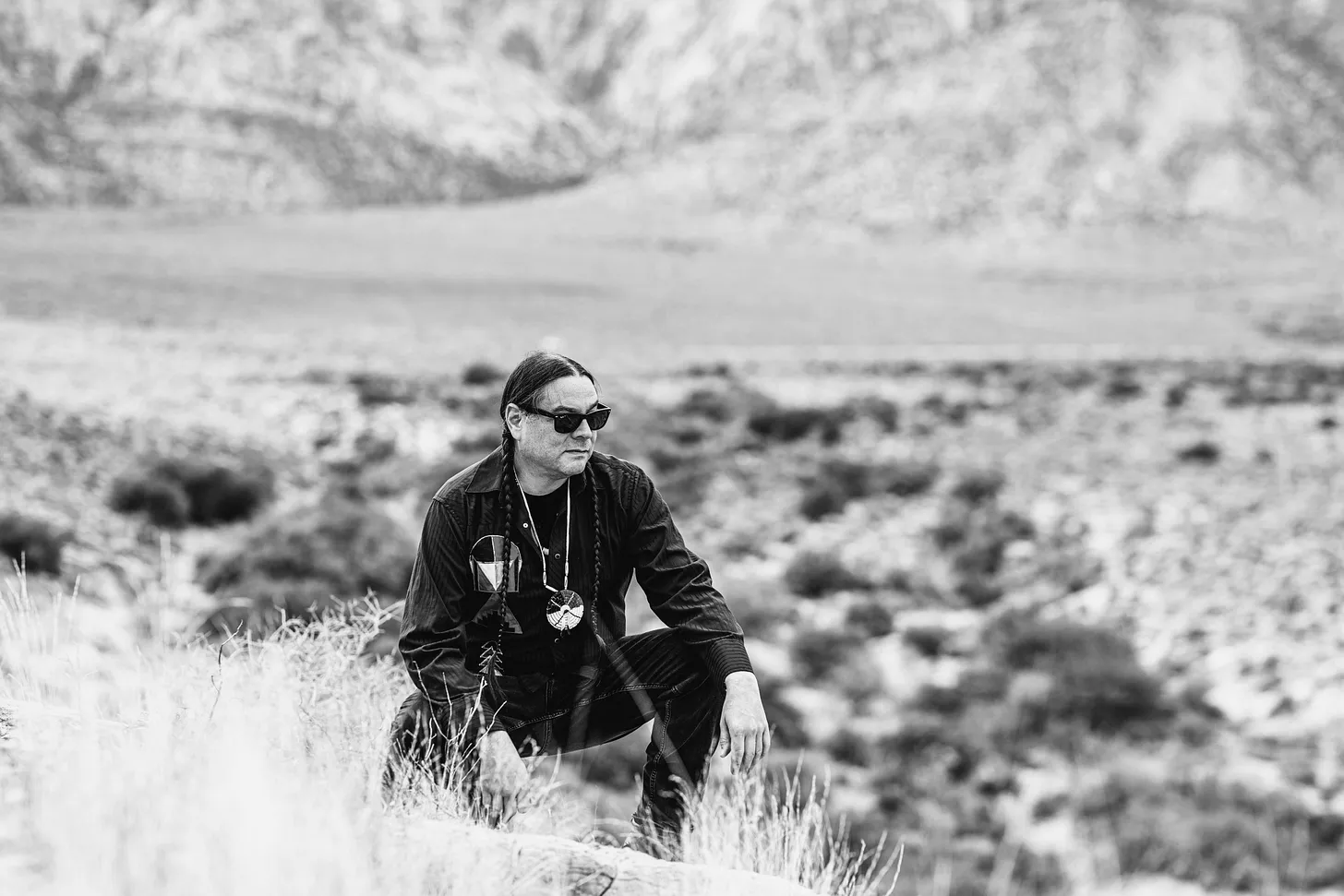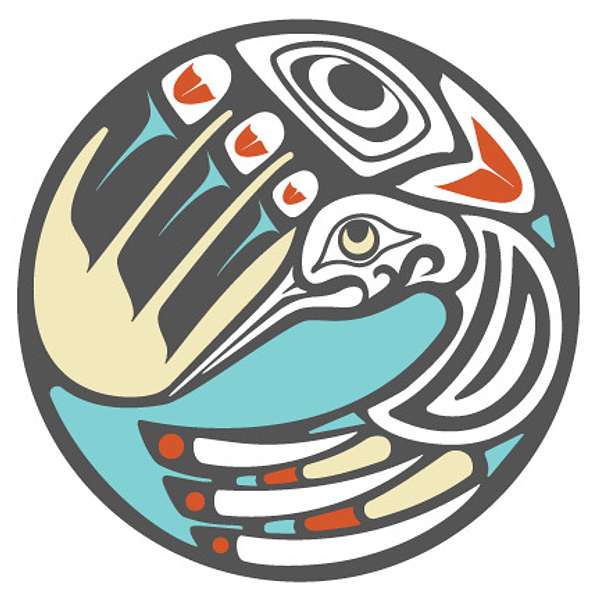Indigenous leaders say the University of Iowa has become a model for respectful repatriation through decades of direct action, consultation, and a continued commitment to returning Native American human remains to their tribes of origin.
More than three decades after the passage of a federal law mandating the return of Native American remains, the University of Iowa has emerged as a national leader — making nearly all of its holdings available to tribes.
In 1990, Congress passed the Native American Graves Protection and Repatriation Act, or NAGPRA, a landmark law that compelled museums and universities to return thousands of stolen Native American remains and cultural items to their tribe of origin.
Over a decade prior, Iowa passed the Iowa Burials Protection Act of 1976, the first law in the nation to protect ancient Native American burial sites. It required that all discovered human remains be reported to the state archaeologist and allowed for their return to tribal communities — setting a precedent for repatriation long before federal law mandated it.
In response, the UI established an Indian Advisory Council to the Office of the State Archaeologist, creating a formal role for tribal voices in decisions about ancient human remains. Today, Suzanne Wanatee Buffalo, the daughter of founding member Don Wanatee, continues to serve on the council and said the UI has played a part in reshaping the relationship between the field of archeology and U.S. tribes.

“Of all the institutions that the tribes deal with, the University of Iowa has served as the template for how you do it right,” Wanatee Buffalo said.
Wanatee Buffalo said in the 1980s and 1990s, many Native Americans viewed the field of archeology as one that was inherently predatory and more interested in dealing with deceased Indigenous people than living ones.
“Fast forward to today, and we do have young people in our tribal communities who are archeologists and anthropologists,” Wanatee Buffalo said. “Because of laws like NAGPRA and laws like what Iowa passed, we have the opportunity to learn from each other and improve and increase the amount of information and education so everybody gets a more complete sense of the history of this land we call Iowa.”
As historic preservation director for the Meskwaki Tribe, Jonathan Buffalo has played a leading role for decades in reburying human remains returned to the tribe by the UI and other institutions.
“In the ‘90s, we decided that when we rebury human remains, we would not conduct any funeral ceremony,” Buffalo said. “We believe those people already received their funeral, and it wasn’t up to us to add anything to that.”
Buffalo said the reburial process is respectful and simple, as the human remains are returned to the earth with a brief expression of sympathy for the disturbance and a promise of respectful reburial.
Due to the challenges of determining the exact tribal origin of some remains, Buffalo said the Meskwaki Tribe has taken on the responsibility of reburying not only confirmed Meskwaki ancestors but also remains whose tribal affiliations are unclear.
“When it’s non-Meskwakis, we’re still respectful. We don’t say too much because we don’t know what language they spoke, what customs they had, so we’re just putting them back to the earth,” Buffalo said.
For decades, looters have deliberately targeted Native American burial sites, desecrating sacred ground in search of remains and artifacts. One such incident in 1971 — when the remains of white settlers uncovered during road construction in Glenwood were reburied while the remains of a Native American woman and her child were sent for study — prompted Yankton Sioux activist Maria Pearson to demand change, ultimately leading to Iowa’s 1976 Burials Protection Act.
Buffalo said the Meskwaki Tribe is familiar with such incidents.
“As recently as the 1900s, there were people coming into the settlement to raid our graves,” Buffalo said. “That’s [why] today we don’t talk about our cemeteries, their location to be well known.”
John Doershuk, director and state archaeologist at the UI’s Office of the State Archaeologist, said he is unaware of any intentional disturbances of Native burial sites in Iowa since he began working in the office in 2007. Most discoveries of Native American human remains in the state, he said, are accidental.
“Most of those have to do with large-scale construction events where a lot of earth-moving is going on or individuals finding bones when they’re out on the landscape,” Doershuk said.
He said any human remains discovered in Iowa after 1976 that are at least 150 years old fall under the responsibility of his office, which must comply with both the Iowa Burials Protection Act and NAGPRA.
“We have a long history of both state and federal compliance with repatriation,” Doershuk said.
Since 1976, Doershuk said his office has documented the repatriation and reburial of more than 2,000 individuals and currently consults with over 20 tribes with historical ties to Iowa land.
According to a ProPublica database, the UI has made 98 percent of the Native American human remains in its possession available for return. Doershuk estimated that his office has returned about 85 percent of those remains, with the rest still in its custody due to the complex challenges that can arise in the repatriation process.
“Some [tribes] don’t have any kind of museum or storage facility or even personnel to deal with the [remains] being returned,” Doershuk said. “They want them, but they don’t have the wherewithal to actually deal with them. So, they’re very happy for us to continue to respectfully hold them in our facility.”
For much of the 19th and 20th centuries, museums and universities across the U.S. routinely collected — and in some cases publicly displayed — Native American human remains, often without the knowledge or consent of the tribes to whom they belonged. Doershuk said the UI has no history of such practices, and his office would never consider doing so.
“If NAGPRA was abolished or the state law was discontinued, I think our activities would still be guided strongly by working with our Native American colleagues and what their interests are,” Doershuk said.
RELATED: University of Iowa professor explores Native American identity in new book
























No comments:
Post a Comment
Please: Share your reaction, your thoughts, and your opinions. Be passionate, be unapologetic. Offensive remarks will not be published. We are getting more and more spam. Comments will be monitored.
Use the comment form at the bottom of this website which is private and sent direct to Trace.